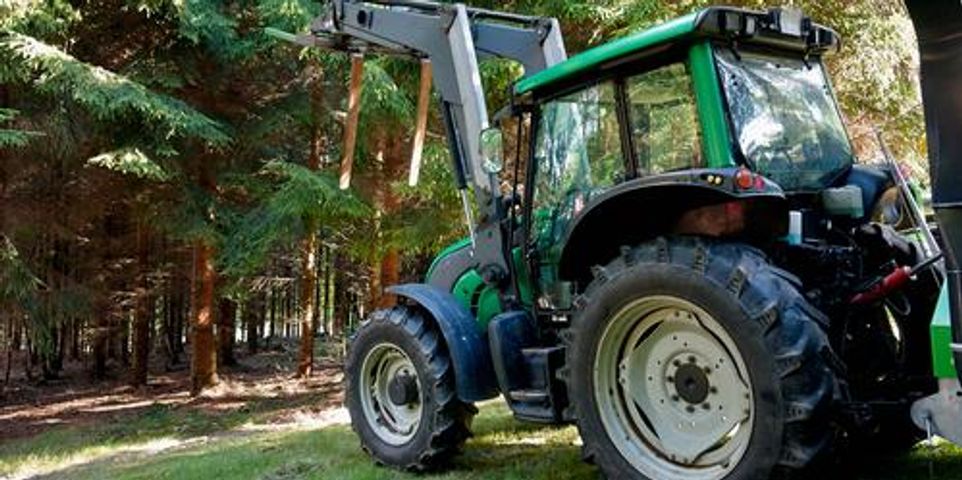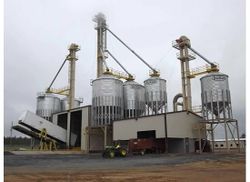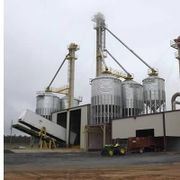Your Guide to Understanding Hydraulic Lifts

As an integral part of agriculture design and construction, hydraulic lifts are found on farms all over the world. These amazing machines exert an enormous amount of force, capable of safely lifting products and even heavy machinery into position. Thanks to their reliability and sheer power, hydraulic lifts have an almost endless variety of applications. Here’s how they work and what they’re for.
How Do Hydraulic Lifts Work?
 Hydraulic lifts, like those found in auto shops or forklifts, use pressurized fluid to transfer force from one area to another. Like most hydraulic systems, lifts consist of a cylinder filled with lubricating fluid. Pulling the lever or pushing the button to activate the system forces a piston into the cylinder, exerting pressure on the fluid inside. Because of a physics concept known as Pascal’s Law, the pressure on the fluid is exerted in all directions, but can exert an enormous amount of force if it has only one outlet. This is how a relatively small movement gives a forklift enough power to lift a car.
Hydraulic lifts, like those found in auto shops or forklifts, use pressurized fluid to transfer force from one area to another. Like most hydraulic systems, lifts consist of a cylinder filled with lubricating fluid. Pulling the lever or pushing the button to activate the system forces a piston into the cylinder, exerting pressure on the fluid inside. Because of a physics concept known as Pascal’s Law, the pressure on the fluid is exerted in all directions, but can exert an enormous amount of force if it has only one outlet. This is how a relatively small movement gives a forklift enough power to lift a car.
Where Are Hydraulic Lifts Used?
Hydraulic lifts have a broad range of purposes, both in heavy machinery and agriculture design and construction. Earth movers and bulldozers feature hydraulic lifts, as do most cargo trailers. If your farm needs a system for transporting, sorting, and storing your crop, hydraulic lifts might be critical components of your machinery. Your agriculture design and construction professional will help determine whether hydraulic lifts can help your farm run more smoothly.
Whether you need a new grain elevator or a an entire system custom-designed, turn to the experts at Merritt Mechanical-Fabrication. Their agriculture design and construction specialists have been building grain bins, metal buildings, and anything else farmers throughout the southeastern United States need for over 50 years. Check out their website to see some samples of their work, call (229) 377-5586 to discuss your project with a member of their team, and follow their Facebook for more tips and insight from the experts.
About the Business
Have a question? Ask the experts!
Send your question

